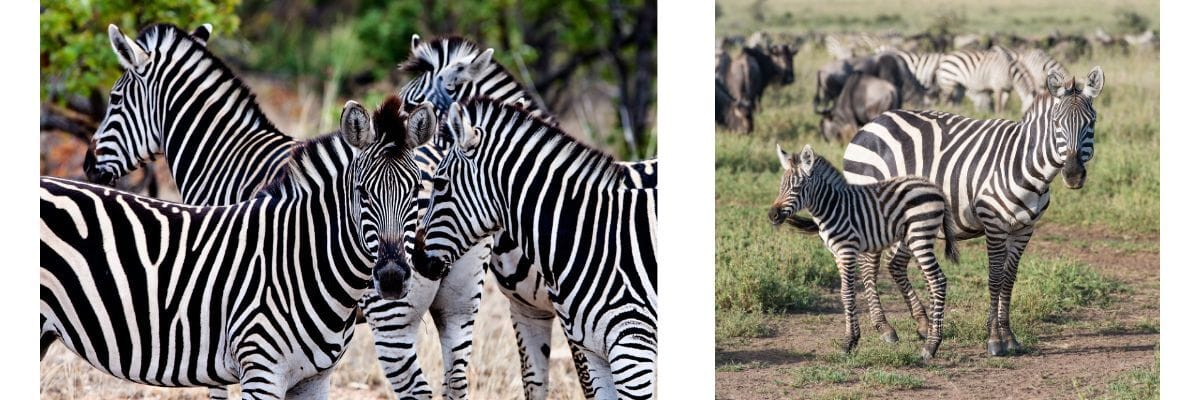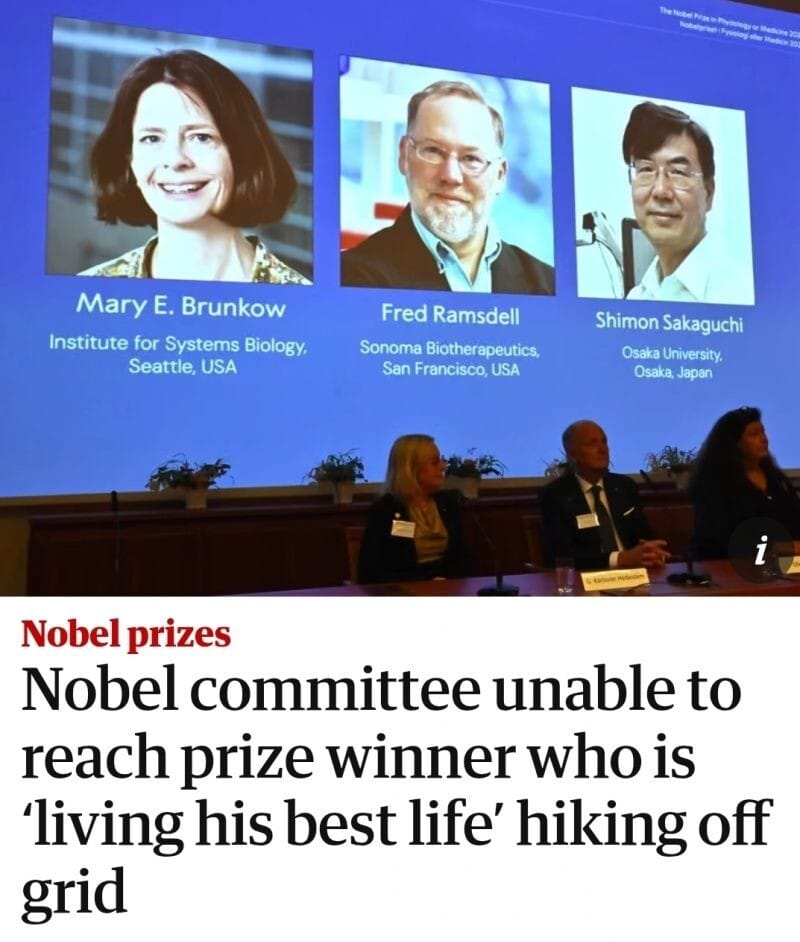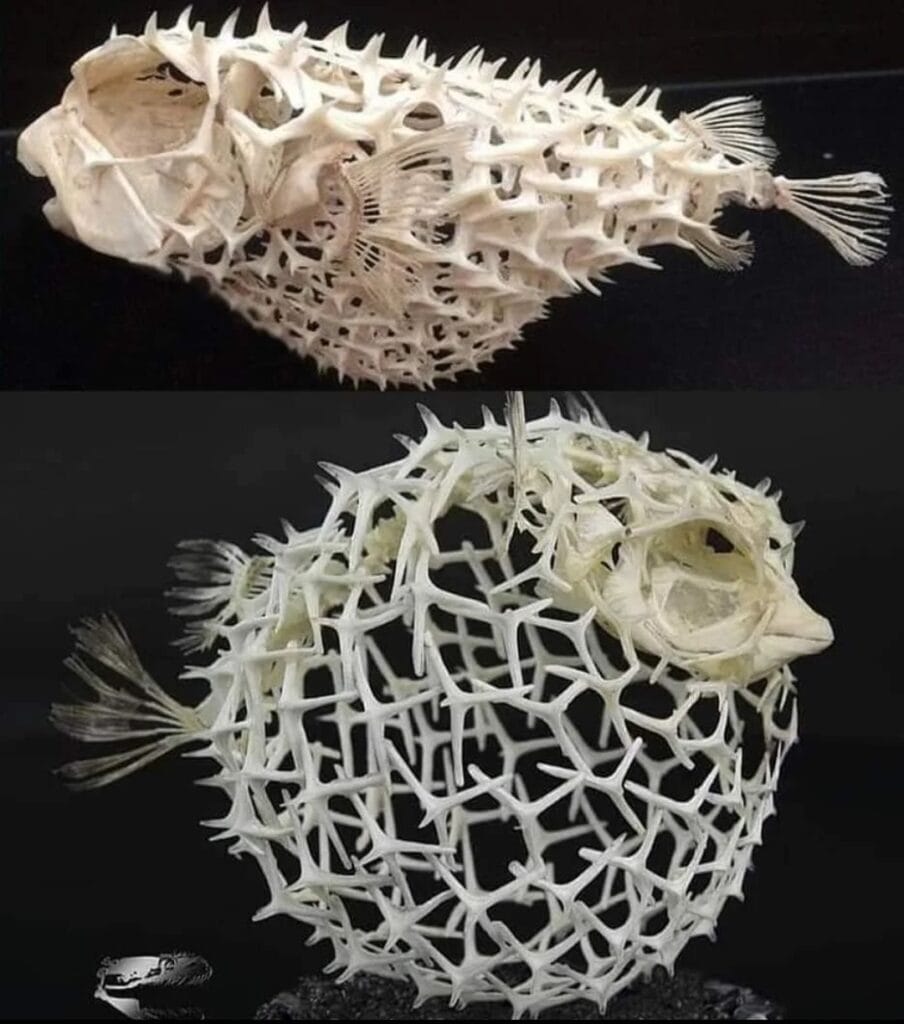In this week's letter: 🔎

5 Facts: Zebra Edition! 🦓
Did you know that a zebra’s stripes have many functions? They’re not just cosmetic! Here’s some fun facts about zebras:
🦓 A zebra’s stripes protect it from fly bites by creating a visual pattern that confuses the flies! This helps protect them from unwanted bug bites!
🦓 Zebra stripes play an important role in thermoregulation! The black stripes absorb heat, while the white stripes reflect it. Together, side-by-side, they create air currents that help keep the zebra cool!
🦓 A zebra’s stripes give it protection against predators. This might be the stripes’ most well-known function. When there’s a group of zebras, their stripes blend together, which makes it difficult for a predator to single out and target any single zebra. Bonus fact: did you know that a group of zebras can be called a herd or, better yet, a dazzle?

Different bodies, same legs!
🦓 When zebras are born, their legs are nearly the same length as adults. This can help them camouflage with the rest of the herd. They can stand within 10-20 minutes of being born, and run within the first hour!
🦓 A zebra’s stripes help with social interactions. Each zebra has a unique stripe pattern, just like human fingerprints. Zebras use these patterns to recognize each other!

Myth or Truth: Penny Drop? 🪙
Is it true that a penny dropped from the top of the Empire State building could kill someone?
Don’t worry - even though the Empire State building is 102 stories tall, you would still be safe!
While the dropped penny would initially accelerate due to gravity, it would quickly reach terminal velocity. Terminal velocity is the maximum speed at which the downward pull of gravity equals the air resistance, so the penny no longer accelerates and continues falling at a constant speed the rest of the way to the ground.
Because pennies are flat and light (they only weigh around 2.5 grams), they would reach terminal velocity pretty quickly, at around 25 mph. This might sound fast, but it means that if it actually hit you, it would feel more like getting flicked on the forehead. It wouldn’t break skin or cause much (if any) bruising, and it definitely wouldn’t cause any serious harm!
Sources: Scientific American | MythBusters

In the News: This Year’s Nobel Prizes 🏆
Since the Nobel Prizes were just announced, we wanted to highlight this year’s winners!
⚕️ Medicine: awarded to Mary Brunkow, Fred Ramsdell, and Shimon Sakaguchi for their work on regulatory T-cells, which play an important role in autoimmune diseases such as Type 1 diabetes, rheumatoid arthritis, and lupus.
🍎 Physics: awarded to John Clarke, Michel Devoret, and John Martinis for their work on quantum tunneling, which is used by MRI machines and could pave the way for the development of supercharged computing.
🧪 Chemistry: awarded to Susumu Kitagawa, Richard Robson, and Omar Yaghi for their work on molecular structures that trap gas and can potentially be used to remove greenhouse gases from the atmosphere.

To get free parking at UC Berkeley, you need to win a Nobel Prize! But even that doesn’t assure you’ll get a spot. With this year’s winners John Clarke and Omar Yaghi, UC Berkeley now has 28 Nobel laureates on faculty, with only 8 dedicated parking spots!
📚 Literature: awarded to Laszlo Krasznahorkai for his work of combining “apocalyptic terror” with humor.
🕊️ Peace: awarded to Maria Corina Machado, the Venezuelan opposition leader.
💰 Economics: awarded to Joel Mokyr, Philippe Aghion, and Peter Howitt for their work on studying the impact of “creative destruction” - the economic effects when new technologies replace older ones.

The biggest story of this year’s Nobel Prizes might be UC San Diego alumnus Fred Ramsdell, who was on a digital detox camping with his family through Montana, Idaho, and Wyoming, and had no idea he had won the Nobel Prize in Medicine!
Picture of the Week: Pufferfish “skeleton”! 🐡

Have you ever seen a pufferfish skeleton? These technically aren’t bones, but are modified scales to keep them safe! Try making this for a Halloween costume! 😂
Sources: We Want Science | Hasan Jasim
